Prof. Rosin-Arbesfeld, Ph.D.
Department of Clinical Microbiology and Immunology

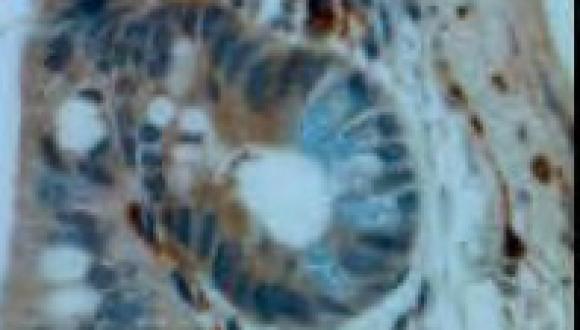
Research
Prof. Rosin-Arbesfeld, Ph.D.
Department of Clinical Microbiology and Immunology

The Wnt signaling pathway is involved in virtually every aspect of human development, as well as in adult homeostasis. Hyperactivation of this pathway has been linked to a wide range of cancers and especially colorectal cancer. Our aim is to understand the molecular events underlying Wnt signal transduction, as well as develop novel therapeutic strategies to fight colorectal cancer.
Current projects in the lab include:
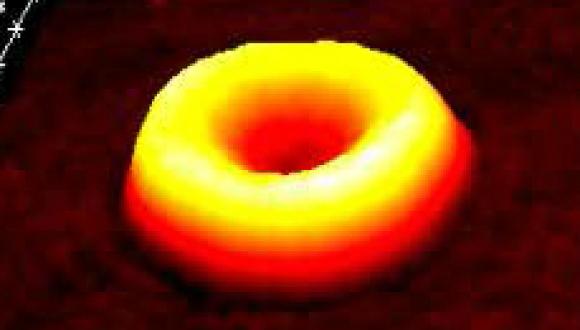
Research
Prof. Rafi Korenstein, Ph.D.
Department of Physiology and Pharmacology

The research activity addresses the following lines of research:
Research methods used include routine cell biology and biochemical methodologies with emphasis on special cutting edge light microscopies possessing nanometric resolution such as Digital Holographic Microscopy.
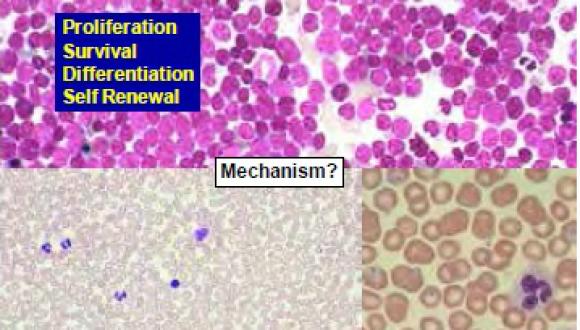
Research
Prof. Shai Izraeli, M.D
Division of Pediatric Hematology and Oncology, Schneider Children's Medical Center;
Department of Human Molecular Genetics & Biochemistry, Sackler Faculty of Medicine

We focus on patient-driven basic research into the pathogenesis of childhood leukemia and cancer. We harness advanced molecular and cellular biology technologies utilizing in-vitro and in-vivo models with the ultimate goal of improving the care of children with cancer.
Our research is divided into two major topics:
Cancer is the deadliest disease of children and leukemia is the most common childhood cancer. We are interested in the fundamental question how normal blood development is diverted into leukemia. What are the genetic and biochemical abnormalities that block cell differentiation, enhance proliferation and survival and confer the unique stem cell properties of self renewal to leukemia stem cells? We focus on chromosome 21 because of the mysterious association of leukemia with Down Syndrome. We utilize advanced genomic technologies, cell based assays of transformation of primary human and mouse stem cells, mouse models including transgenic, transplantation and explants of human leukemia. Our recent discoveries of the major involvement of the TSLP-IL7R-JAK2 pathway in leukemogenesis have lead to clinical trials with novel inhibitors of this pathway for high-risk leukemias in children and adults. The spread of leukemia to the brain is a major clinical problem as preventive therapy to the brain consistingof chemotherapy or irradiation causes long term side effects. We are therefore studying how leukemia cells spread to the central nervous system and developing mouse models to study this challenging problem.
We have discovered that SIL, a gene cloned from childhood leukemia, is required for centrosomal biogenesis and for survival of cancer cells. Targeting SIL by siRNA cause cancer cell death at mitotic entry in-vitro and in-vivo. Current research focuses on the fundamental role of the SIL protein in centrosome generation in normal and malignant cells and on developing approaches for its targeting for cancer therapy.

Research
Prof. Tamar Geiger, Ph.D.
Department of Human Molecular Genetics and Biochemistry

Our main interest is to understand the mechanisms of breast cancer progression. We are using state-of-theart mass spectrometry-based proteomics to obtain a system-wide view of the tumor proteins. Analysis of the changes in protein levels and modifications that occur during tumor development is aimed to discover novel regulators of transformation.
Combination of the proteomics technology with biochemical and genetic methods will show the significance of these candidates to cancer development and may suggest novel drug targets and tumor markers.
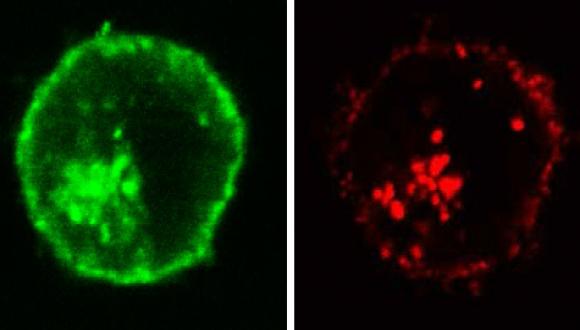
Research
Prof. Zvi Fishelson, Ph.D.
Department of Cell and Developmental Biology

The long-term goal of our research is to develop a novel treatment for immune resistant cancers. Our research includes characterization of the mechanism of complement dependent cytotoxicity and of the basis for elevated resistance of cancer cells to cell death, and design of novel reagents that sensitize cancer cells to cell death. Research methods used include analyses of cell growth and death and mitochondrial activity, western blotting, enzyme-linked immunosorbent assay (ELISA), immunoprecipitation, confocal fluorescence microscopy, Fluorescence-activated Cell Sorting (FACS), peptide analysis by mass spectrometry, electon microscopy, and analysis of cancer growth in animal models.
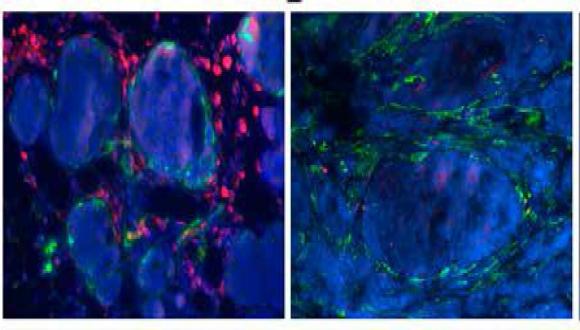
Research
Prof. Neta Erez, Ph.D.
Department of Pathology

The main goal of our laboratory is to uncover stromal pathways that contribute to tumorigenesis and metastasis. In particular, we combine transgenic mouse models of cancer as well as clinical data to study the role of inflammation and cancer-associated fibroblasts in facilitating lung metastasis of breast cancer, and to uncover the role of neuroinflammation mediated by astrocytes in melanoma brain metastasis.